
News Directory
What are the applications of Fisheye joint rod end in mechanical engineering?
2. Automobile suspension system: The application of Fisheye connecting rod ends in automobile suspension systems has an important impact on the driving performance and comfort of the vehicle. In the suspension system, the Fisheye connecting rod end connects the suspension arm and the suspension bracket, playing the role of connection and support. Through the design of the Fisheye connecting rod end, the suspension and steering of the wheels can be realized, ensuring the stability and smoothness of the vehicle during driving. Especially when off-road vehicles and transport vehicles need to face complex road conditions and high loads, the high strength and durability of Fisheye connecting rod ends are particularly important to ensure the safe and reliable operation of the vehicle suspension system.
3. Aerospace field: Fisheye connecting rod ends play a vital role in aerospace engineering, especially in the flight control system of aircraft. A large number of Fisheye connecting rod ends are installed on the aircraft's wings, tails, flaps and other flight surfaces to connect the flight control surfaces and flight controllers. These Fisheye connecting rod ends can withstand the huge aerodynamic and inertial forces generated by the aircraft during flight, ensuring the flexibility and accuracy of the flight control system. At the same time, under the strict requirements for weight and space in aerospace engineering, the lightweight design of Fisheye connecting rod ends and the selection of high-strength materials are particularly important, which can effectively reduce the weight of the aircraft structure and improve flight performance and fuel efficiency.
4. Construction machinery: Fisheye connecting rod ends are widely used in various types of construction machinery, including excavators, bulldozers, loaders, etc. In these construction machinery, the Fisheye connecting rod end is usually used to connect the hydraulic cylinder and the mechanical arm to realize the movement and operation of the mechanical device. For example, at the connection between the bucket and boom of an excavator, the Fisheye connecting rod end is usually used to withstand the excavation force of the bucket and the bearing capacity of the boom, ensuring the stability and safety of the excavator in heavy engineering operations. At the same time, in the design of construction machinery, the wear resistance and corrosion resistance of the Fisheye connecting rod end are also crucial considerations, which can ensure the long-term reliable operation of the mechanical device in harsh working environments.
5. Bridges and building structures: The application of Fisheye connecting rod ends in bridges and building structures is mainly reflected in connecting structural components such as beams, columns and beams. In bridge construction, Fisheye connecting rod ends are usually used as connections between bridge piers and deck beams to ensure the stability and load-bearing capacity of the bridge structure. In addition, Fisheye connecting rod ends are often used at the connections between building structures, such as the connections between floor slabs and load-bearing walls, and the connections between columns and beams, to enhance the overall stability and seismic performance of the building structure. In bridges and building structures, the high strength and durability of Fisheye connecting rod ends are critical to ensure a tight connection between structural components, thereby ensuring the safe and reliable operation of bridges and buildings.
6. Fisheries and marine engineering: Fisheye connecting rod ends also have important applications in fisheries and marine engineering. In fishery, Fisheye connecting rod ends are usually used to connect fishing nets and fishing gear to ensure a strong and stable connection, thereby improving fishing efficiency. In addition, Fisheye connecting rod ends can also be used to connect offshore platforms and equipment, such as offshore wind power generation devices, submarine pipelines, etc. They can withstand harsh conditions and the impact of strong winds and waves in the marine environment, ensuring the safe and stable operation of offshore engineering facilities. In fisheries and marine engineering, the corrosion resistance and seawater corrosion resistance of Fisheye coupling rod ends are very important considerations, ensuring long-term reliable use of equipment and structures in the marine environment while reducing maintenance costs and downtime.
Fisheye Joint Rod End
The fisheye joint rod end is composed of an outer sphere of the inner ring and an inner sphere of the inner ring, the biggest advantage of the fisheye is to improve the flexibility of the component, increase the degree of freedom in the direction of movement, the movement can be rotating at any Angle swing, joint bearings are generally used for low-speed swing movement. The fish-eye joint rod end has the characteristics of self-lubrication, high strength, wear resistance, and corrosion resistance.



 English
English 中文简体
中文简体 عربى
عربى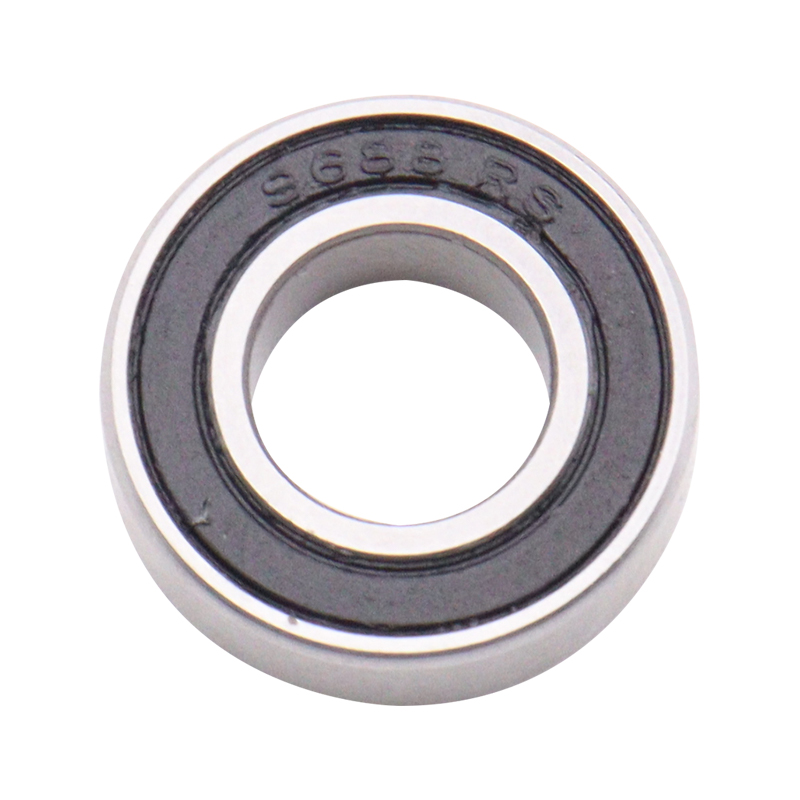
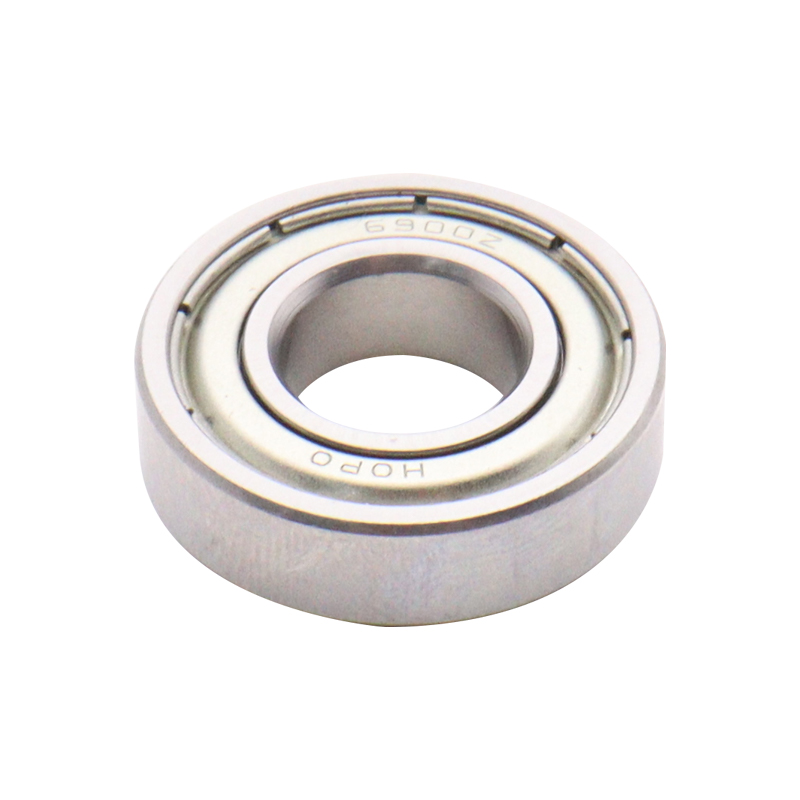
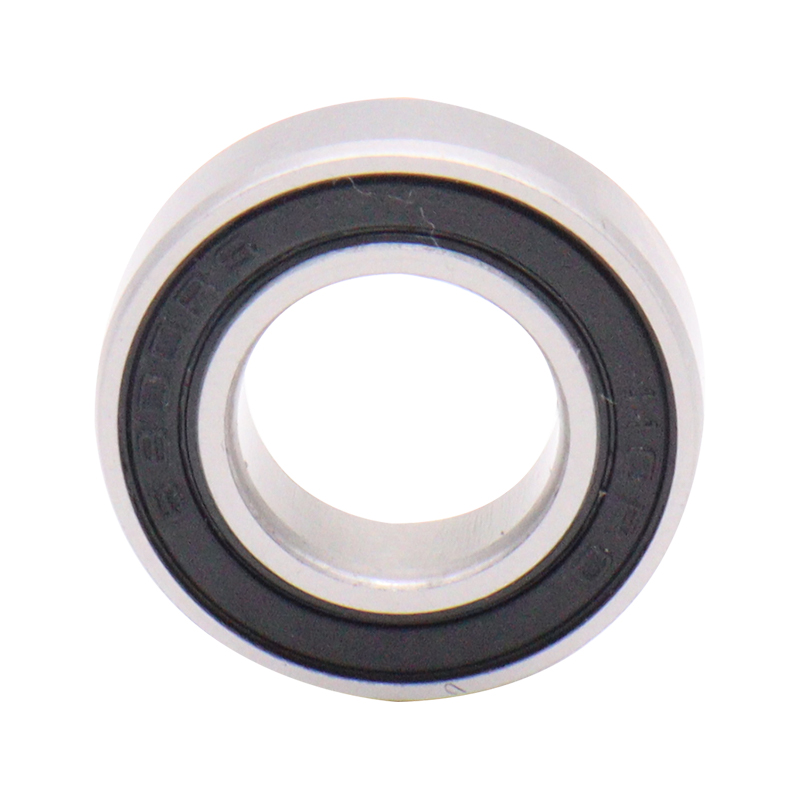
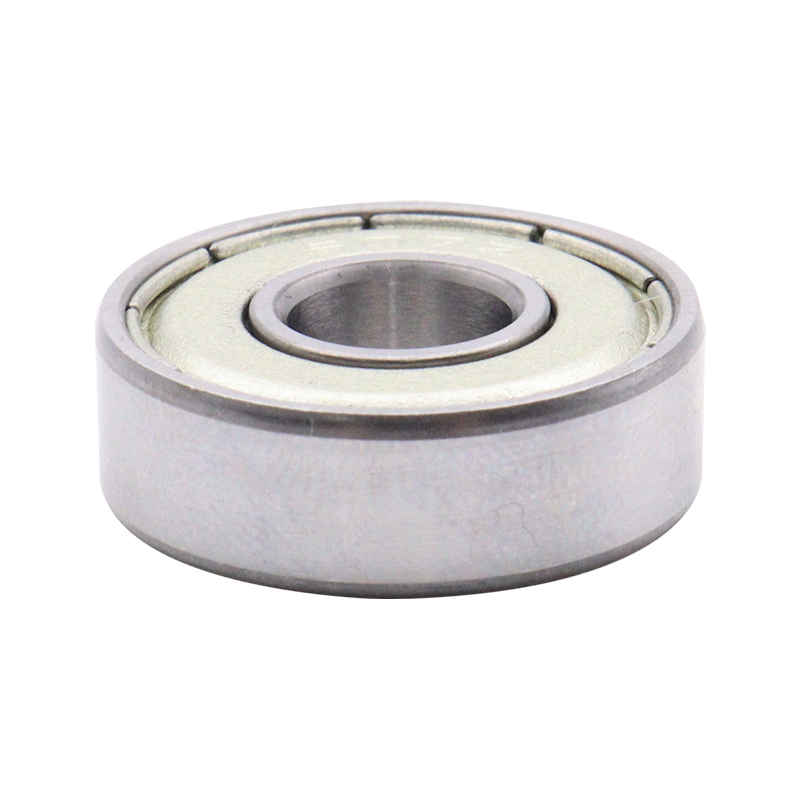
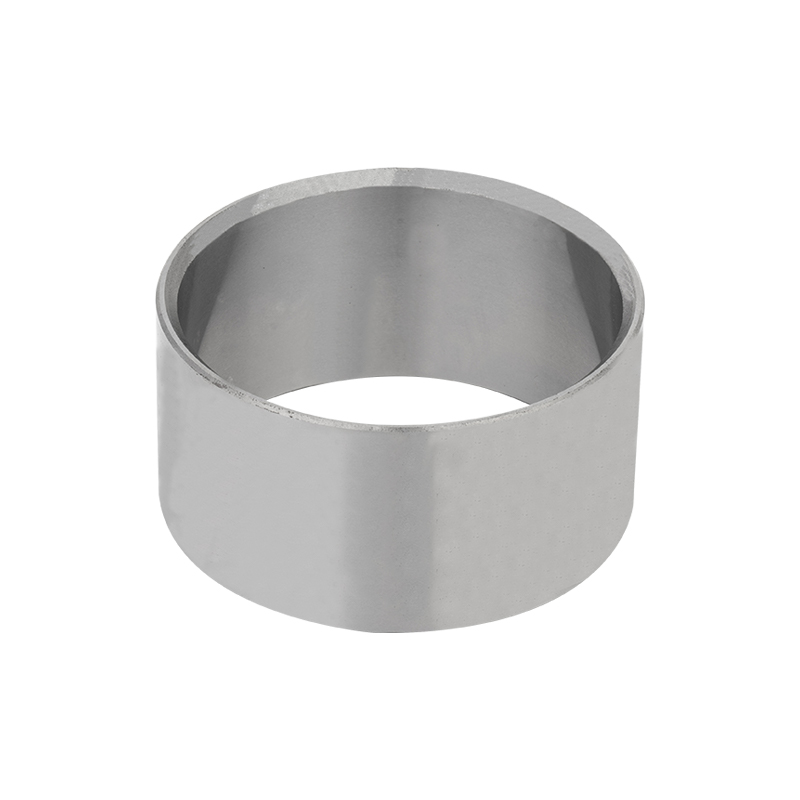
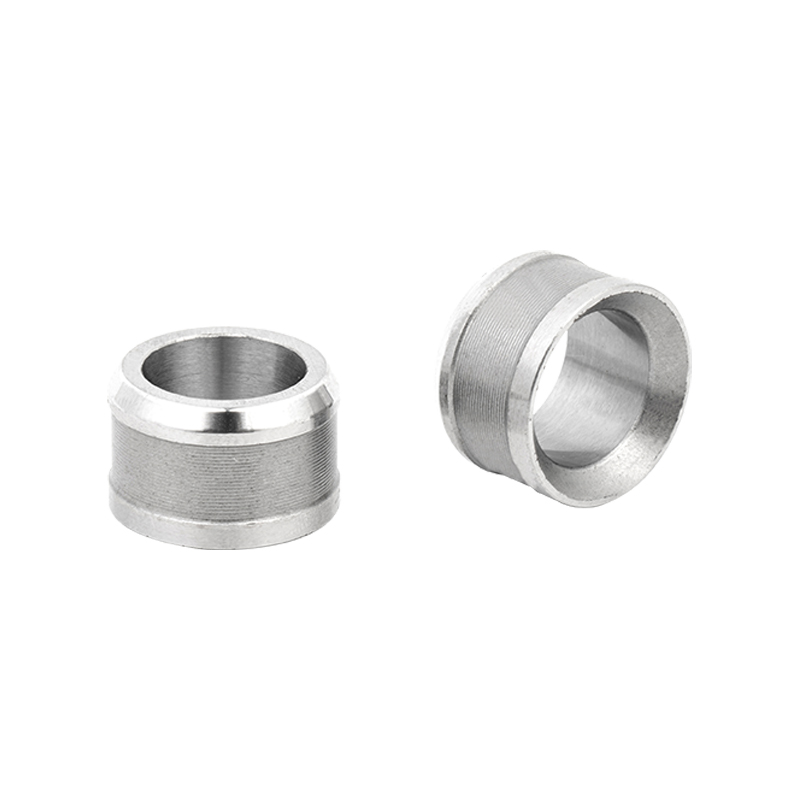
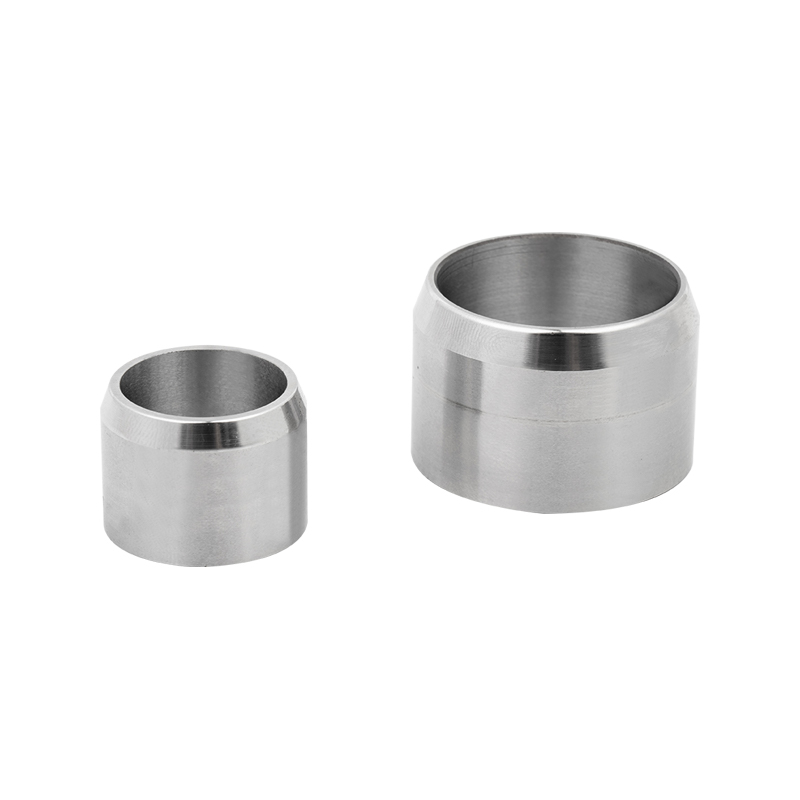
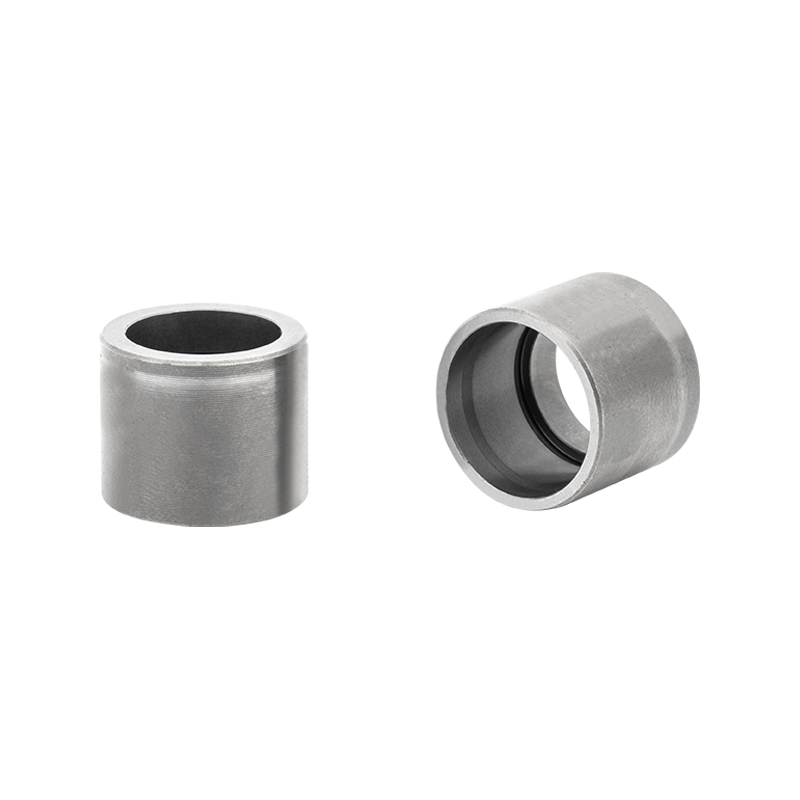
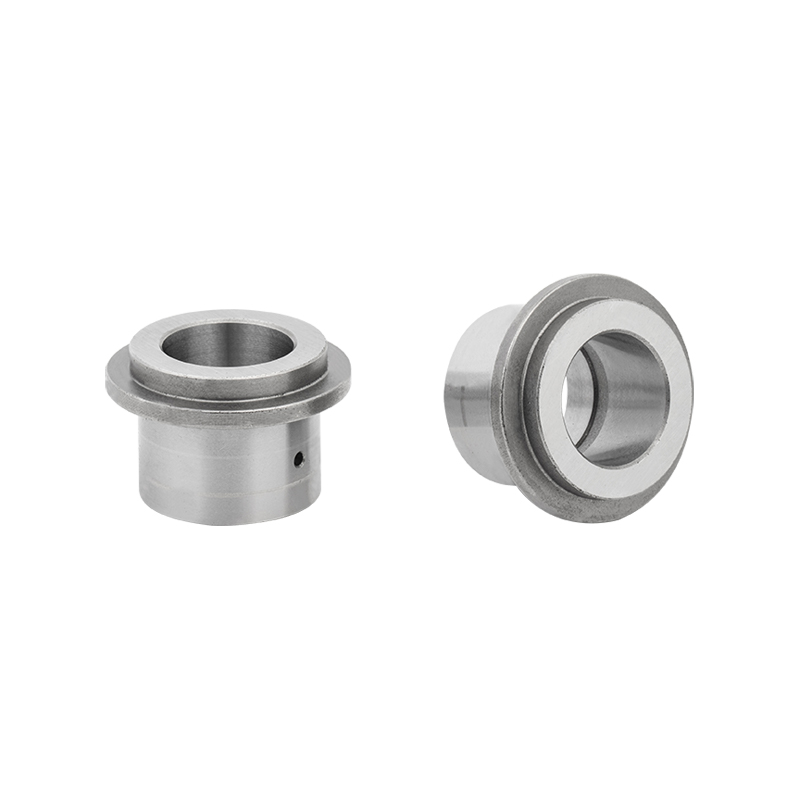

 Download Catalog
Download Catalog
